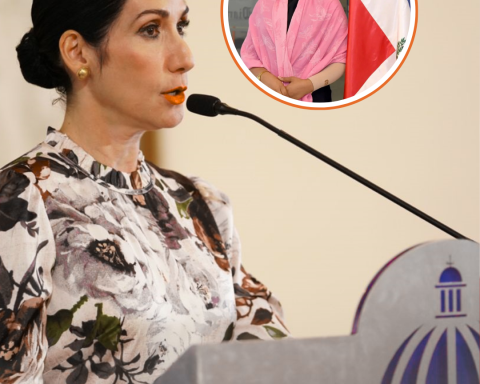Launched this month, the primer Rumors provides guidance on how Internet users can identify rumors, or fake news, on the internet, and thus avoid misinformation, fraud and manipulation of opinions. 
Produced by the Central de Estudos, Resposta e Tratamento de Incidentes de Segurança no Brasil (CERT.br), part of the Núcleo de Informação e Coordenação do Ponto BR (NIC.br), the publication indicates that the first thing to do is to use common sense: “sometimes, the news is so meaningless that it is enough to reflect a little to identify it as a rumor”, says the booklet.
The guideline is to observe characteristic signs of a rumor, such as a flashy, alarmist or appealing title. “Generally, the text of a rumor asks to be shared a lot; has many likes or reinforcing comments; omits the author or cites a renowned author to attract credibility; does not include a source or cites unknown sources; and omits the date and/or location of the reported event”.
According to the guide, an important step in identifying rumors is to try to find the original source of the news, that is, who its author is and where it was published. This will allow us to analyze whether the person or organization really published the fact and whether they have credibility regarding the subject.
“Be wary of news that does not provide sources. If the source has been cited, check whether the account or website is official, question whether it is credible, read the news directly from its source, and look for statements that confirm or deny the news.”

















